
Building streets for life
It starts with 30 km/h
30 km/h policies will help achieve the SDGs
Addressing the risk of death in road traffic is fundamental to achieve the Sustainable Development Goals (SDGs), specifically those affecting health security, sustainable cities, poverty, and reducing inequalities among and within countries. Policies that tackle the of impact road traffic, and create environments for safe, sustainable and inclusive transport options, also unlock action for protecting the climate and gender equality too.
A paradigm shift in how streets are designed, starting with low speeds where people and traffic mix, makes streets safe, accessible, enjoyable and equitable for all road users, delivering multiple benefits for all whilst accelerating action across interlinking SDGs.
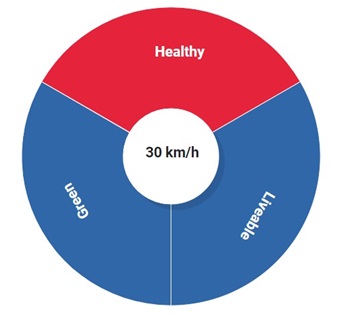
Healthy
30 km/h (20 mph) streets save lives and protect all who use them, especially the most vulnerable, like pedestrians, cyclists, children and older people and people with disabilities.
30 km/h streets where people and traffic mix help prevent
road traffic deaths and promote physical activity because when streets are safe, people walk and cycle more.
 | 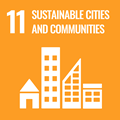 |
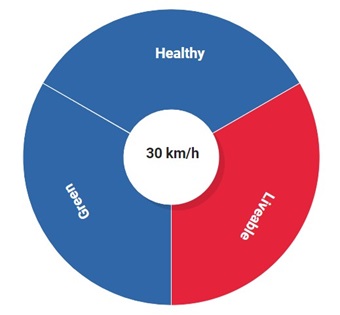
Liveable
Liveable streets, made possible by low speeds, are at the heart of the 2030 Agenda for Sustainable Development and can facilitate many of its targets.
As we build back better from the COVID-19 pandemic, everyone should benefit from low-speed streets, so that they not only survive but also thrive. 30 km/h (20 mph) streets where people and traffic mix are streets for life.
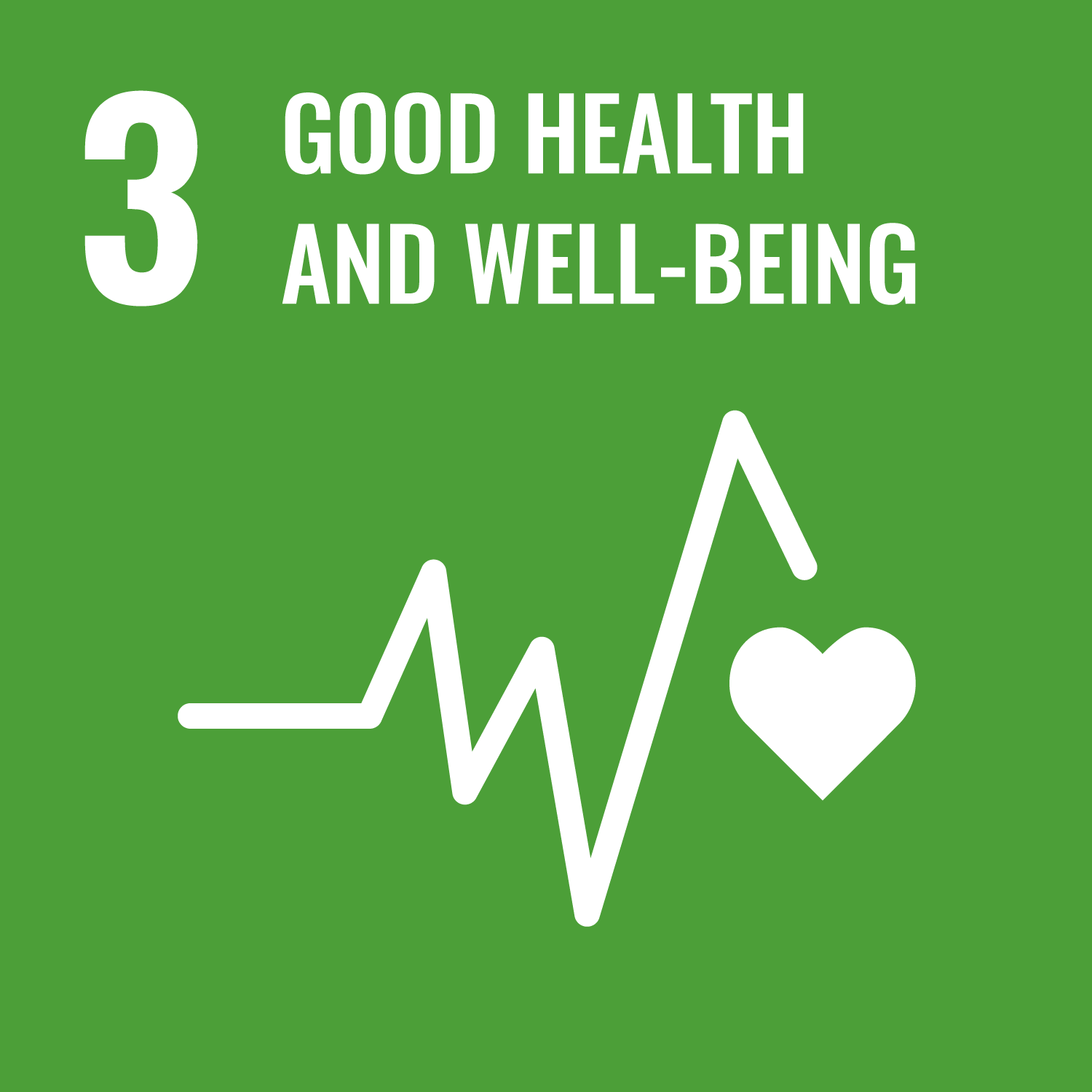 | 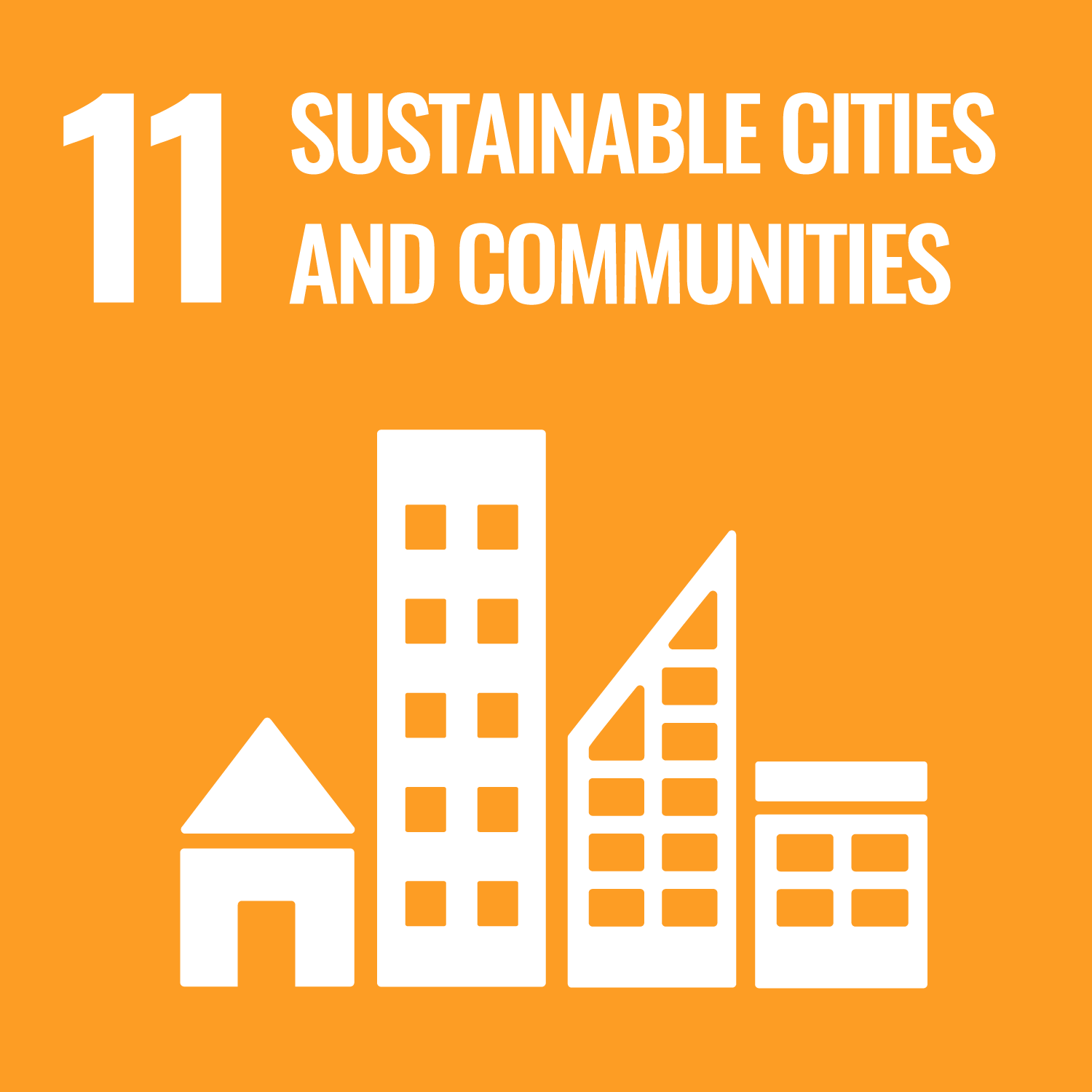 |  |
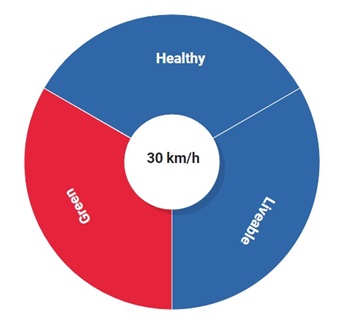
Green
30 km/h (20 mph) streets are vital in efforts to shift to zero-carbon mobility. Streets that promote safe walking and cycling can reduce car dependency and harmful vehicle emissions that contribute to climate change.
To protect the environment, people need safe, low-speed streets that encourage sustainable transport choices.
 |  |




.tmb-200v.png?sfvrsn=2fcd242e_1)

